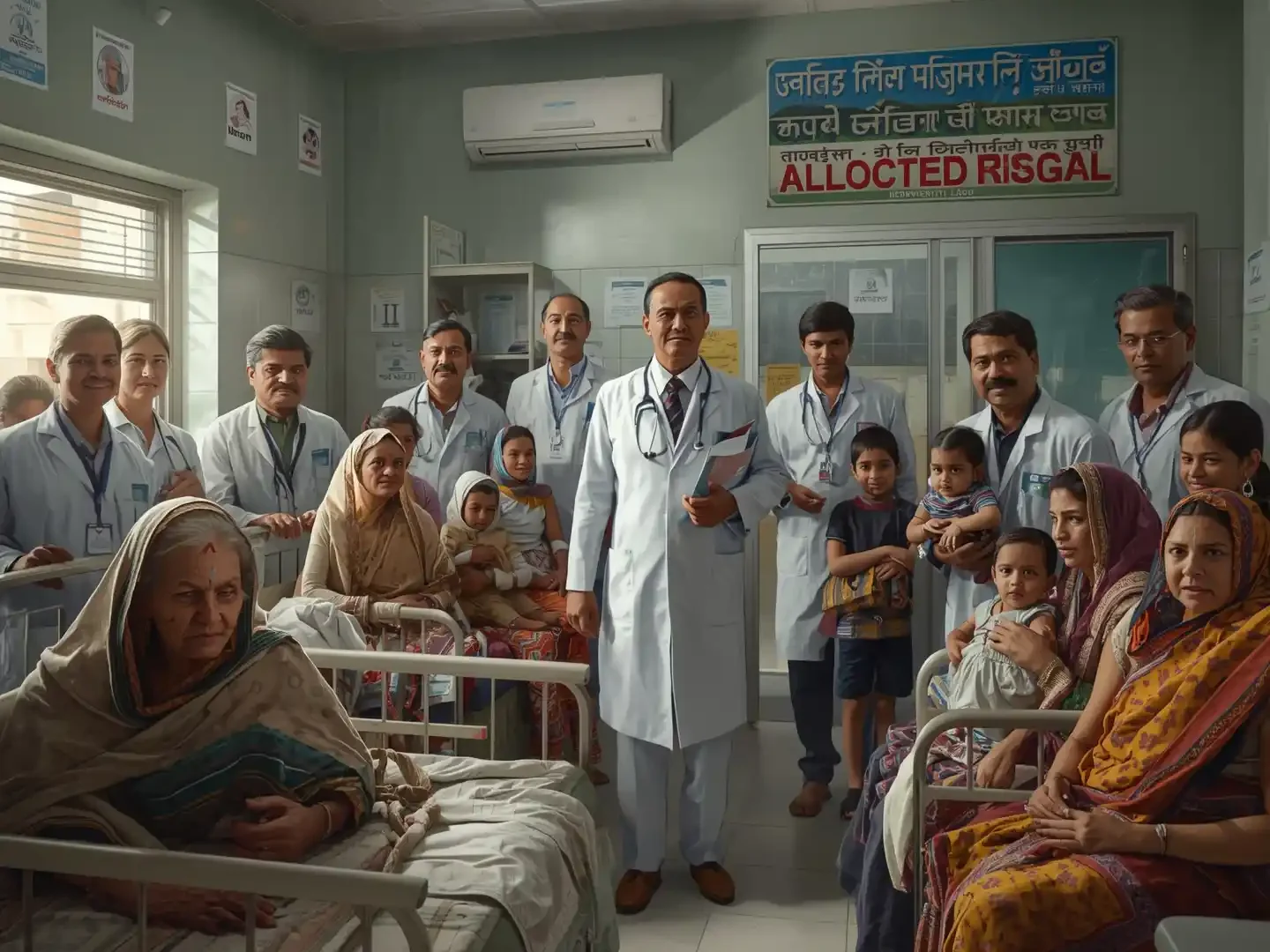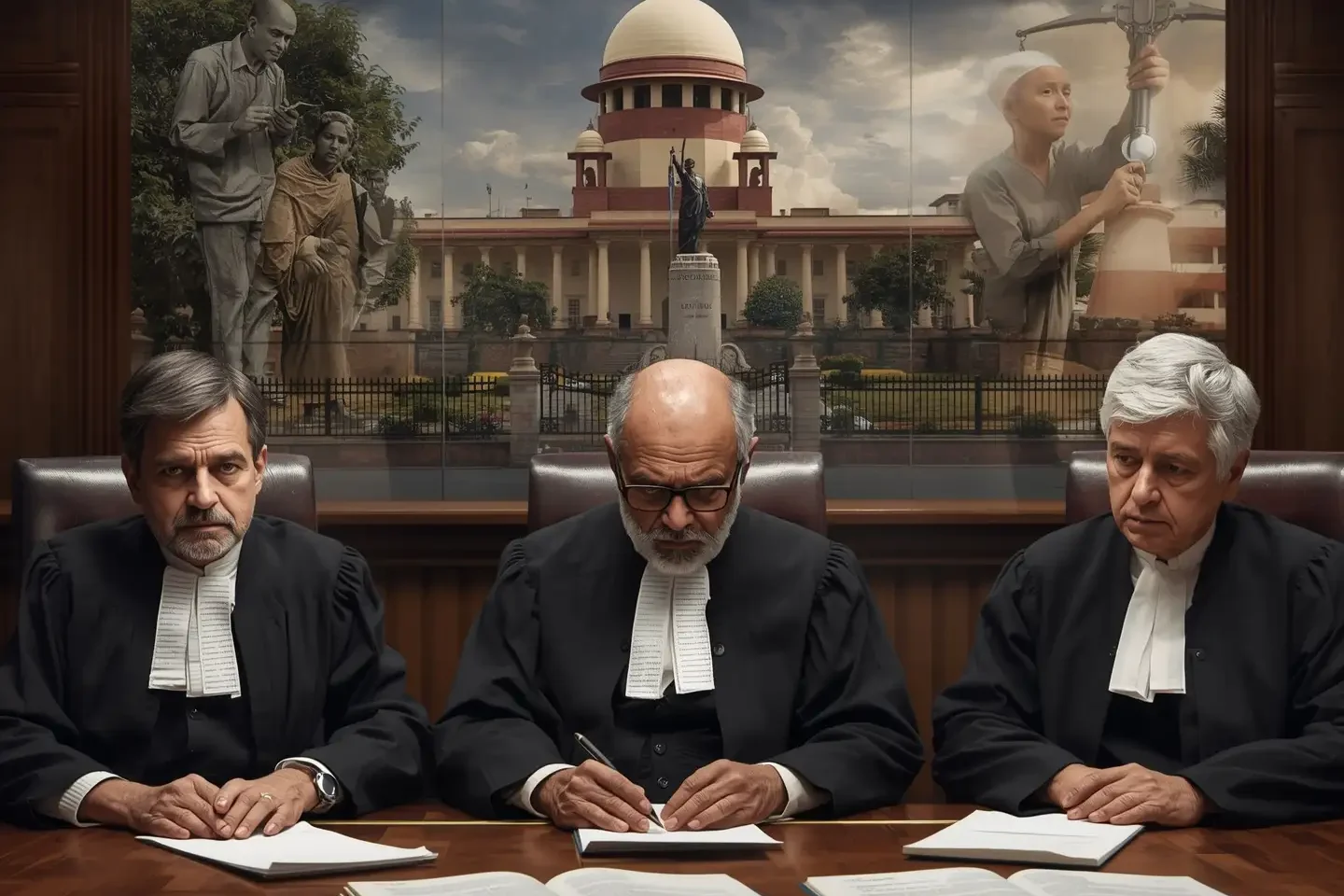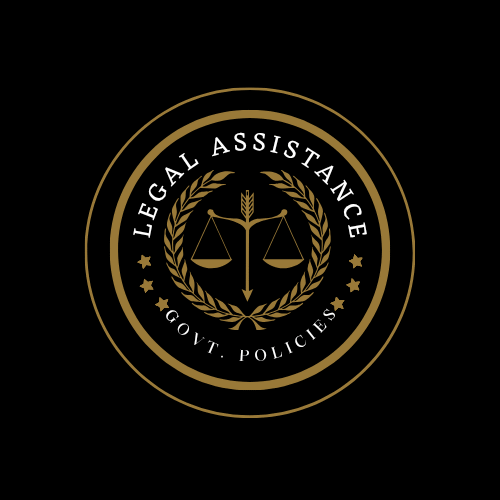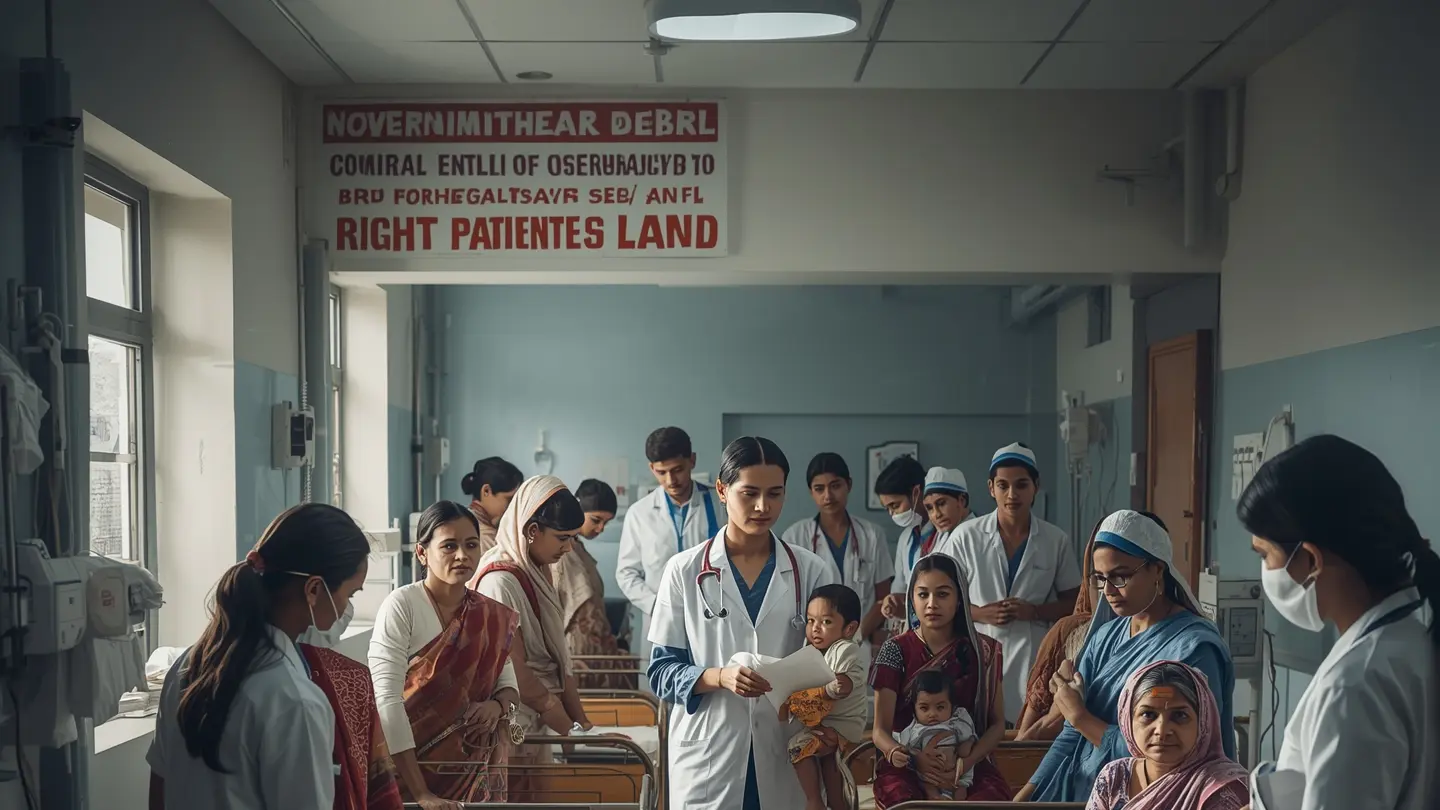Supreme Court Notice on EWS Treatment: Ensuring Justice in Healthcare
The Indian judiciary has often stepped in whilst questions of equality and justice are raised. A trendy case has placed healthcare access for the terrible into the spotlight. The Supreme Court notice on EWS treatment in a Public Interest Litigation (PIL) has prompted significant discussion about how efficiently personal healthcare establishments are fulfilling their social responsibilities. This count number is especially vital inside the context of free treatment for BPL patients, a proper that stays on paper for plenty however not often interprets into real carrier. The petition increases critical questions on how private hospitals on government land are controlled and monitored, and whether or not there is sufficient accountability in delivering healthcare for the susceptible.
The PIL isn’t simplest about prison interpretation however additionally approximately the broader framework of PIL monitoring healthcare access. At its heart, the debate is prepared how the u . s . a . and private establishments can at the same time uphold healthcare rights for poor patients. This newsletter offers an in depth exploration of the issue, guided with the aid of the maximum urgent public queries.
Is free treatment mandatory for EWS patients in private hospitals?
The problem of whether or not free treatment for BPL patients is compulsory has continuously been a deliver of false impression.

Hospitals constructed with concessions from the government, along side subsidized land or tax benefits, are required to reserve a percentage in their offerings for sufferers from economically weaker sections. This shows a positive part of outpatient visits and inpatient beds need to be made to be had without rate.
The Supreme Court notice on EWS treatment reinforces this precept. Hospitals can’t advantage from public resources without presenting something again to society. In concept, those regulations create a stability amongst private profits and public duty. But in practice, many horrible patients maintain to war when they searching for unfastened treatment for BPL sufferers, each due to lack of know-how, denial at the reception desk, or bureaucratic hurdles.
What is the Supreme Court PIL on free treatment for BPL patients?
The contemporary PIL in advance than the ultimate courtroom desires to make sure that guarantees made by using personal hospitals aren’t left unchecked. The petitioner argued that no matter written responsibilities, hospitals regularly avoid imparting free treatment for BPL patients. This evasion denies hundreds of residents their fundamental right to fitness.
The Supreme Court notice on EWS treatment suggests that it views the hassle as full-size. By using in search of responses from each government government and hospitals, the court docket has located the obligation on all stakeholders. This improvement underscores the importance of PIL monitoring healthcare access as a mechanism to address systemic failures.
Which private hospitals provide free treatment to EWS/BPL patients?
Simplest a specific group of hospitals are required to offer such services: humans who’ve acquired nation concessions or perform on subsidized land. These private hospitals on government land are legally obliged to allocate a share in their resources to EWS and BPL patients. In metropolitan towns, some famous institutions have publicly recounted compliance. But, full-size critiques imply many others are reluctant to confess bad patients underneath the ones schemes.
Here’s the simple table for You:
| Hospital Name | City | EWS/BPL Free Treatment Quota |
|---|---|---|
| Sir Ganga Ram Hospital | Delhi | 10% Inpatient Beds, 25% OPD |
| Indraprastha Apollo Hospital | Delhi | 10% Inpatient Beds, 25% OPD |
| Max Super Speciality Hospital (Saket) | Delhi | 10% Inpatient Beds, 25% OPD |
| Fortis Hospital | Delhi/Gurgaon | 10% Inpatient Beds, 25% OPD |
| Medanta – The Medicity | Gurgaon | 10% Inpatient Beds, 25% OPD |
The Supreme Court’s intervention is predicted to compel hospitals to expose compliance records, create grievance redressal structures, and permit extra transparency. With out such mechanisms, healthcare rights for poor patients remain compromised.
What are the rules for hospitals built on government land regarding free treatment?
The regulations are sincere. Any health facility given land at concessional expenses or other benefits need to provide loose offerings to the bad.

This consists of preserving 10% of beds for inpatients and 25% of outpatient take care of deprived companies. But, enforcement stays vulnerable.
Here’s a simple table explaining the rules for hospitals built on government land regarding free treatment:
| Requirement | Rule/Condition |
|---|---|
| Outpatient (OPD) Services | 25% of patients must be treated free of cost |
| Inpatient (IPD) Services | 10% of total beds must be reserved for free treatment of EWS/BPL patients |
| Eligibility | Patients must show valid proof (BPL card, EWS certificate, or government scheme card) |
| Monitoring | Hospitals must submit compliance reports to the government regularly |
| Penalty for Non-Compliance | Can include fines, cancellation of land lease, or other legal action |
These rules apply only to private hospitals that have received government land or concessions.
The Supreme Court notice on EWS treatment has reignited public attention to the ones recommendations. With the aid of the usage of preserving hospitals accountable, the courtroom emphasizes that private hospitals on government land can’t forget about their responsibilities. The outcome could make more potent healthcare equity by means of making sure compliance.
How can EWS or BPL patients avail free medical treatment in private hospitals?
For patients, the biggest undertaking is interest. To get entry to benefits, they need to present evidence of eligibility—inclusive of ration cards, profits certificates, or government health scheme cards. Even though files are so as, many hospitals make the technique hard.
That is wherein PIL monitoring healthcare access turns into essential. Proper tracking can make certain patients realise their rights and hospitals comply with strategies. A obvious device that tracks admissions and company utilization should ultimately make free treatment for BPL patients extra than a theoretical entitlement.
What action has the Supreme Court taken on hospitals denying free treatment to poor patients?
The judiciary has over and over emphasised the responsibility of hospitals to care for the underprivileged.

In beyond rulings, hospitals had been reminded that they will face consequences for non-compliance. The Supreme Court notice on EWS treatment is any other step on this path.
If hospitals preserve to disclaim care, the court have to enforce stricter measures, inclusive of economic results or maybe the cancellation of rentals for private hospitals on government land. Through adopting this method, the court no longer first-class defends healthcare rights for poor patients but also devices a precedent that responsibilities tied to public resources can’t be omitted.
What percentage of beds are reserved for EWS patients in private hospitals?
The genuine guiding principle calls for private hospitals on government land to set apart at the least 10% of inpatient beds and 25% of outpatient centers. This reservation is meant to assure that those with out method nevertheless receive primary healthcare.
Alas, compliance stages are inconsistent. A few hospitals do meet these necessities, however many manage facts to offer the influence of compliance. The Supreme Court’s intervention highlights the want for higher tracking and digital reporting systems. If successfully implemented, PIL monitoring healthcare access will ensure that reserved beds really advantage bad patients instead of ultimate on paper.
Broader Implications of the Supreme Court Notice
This situation is not quite much one PIL or one organization of hospitals. It speaks to the bigger difficulty of balancing private profits and social responsibility. In a rustic in which healthcare inequality is stark, judicial motion will become a powerful device to guard residents. By means of specializing in healthcare rights for poor patients, the court docket reminds each government and personal entities that healthcare is a part of the right to existence.
If tracking mechanisms are bolstered, hospitals is probably pressured to conform more transparently. Normal audits, affected person criticism portals, and strict consequences have to make the obligations large. For the poor, this could mean well timed access to remedy that otherwise remains unaffordable.
Healthcare Rights for Poor Patients: A Constitutional Perspective
The proper to health isn’t explicitly listed inside the constitution, but the Supreme Court has continually interpreted it as part of Article 21, which ensures the right to lifestyles. Through issuing the Supreme Court notice on EWS treatment, the judiciary reinforces this interpretation.
For tens of millions of terrible families, particularly those categorized as EWS or BPL, access to healthcare is not pretty lots survival however approximately dignity. Making sure free treatment for BPL patients in private hospitals on government land is a step towards making this dignity a fact. Judicial tracking guarantees that those guarantees are not symbolic but enforceable rights.
Here’s a simple table showing the constitutional perspective on healthcare rights for poor patients in India:
| Aspect | Details |
|---|---|
| Constitutional Basis | Article 21 – Right to Life (interpreted by the Supreme Court to include the Right to Health) |
| Directive Principles | Articles 38, 39(e), 41, 42, 47 – Direct the State to ensure public health and welfare |
| Judicial Interpretation | Courts have held that access to healthcare is part of the fundamental right to life and dignity |
| Supreme Court Role | Issues notices and rulings to ensure compliance by government and private hospitals |
| Implication for Poor Patients | Guarantees free or subsidized healthcare, especially in hospitals built on government land |
| Enforcement Mechanism | Public Interest Litigations (PILs), government monitoring, and judicial oversight |
This perspective highlights that healthcare rights for poor patients are not just welfare measures, but enforceable constitutional obligations.
Challenges in Implementation
In spite of strong rulings, implementation is difficult. Hospitals frequently withstand compliance, mentioning financial losses or administrative burdens. Governments also can fail to display efficiently due to useful useful resource shortages. Sufferers might also moreover lack popularity or worry mistreatment if they call for their rights.
However, traumatic situations must no longer dilute the commitment. Better tracking systems, awareness campaigns, and stricter punishments for defaulting hospitals should support effects. The frenzy for PIL monitoring healthcare access is one way to keep all occasions responsible.
Conclusion
The Supreme Court notice on EWS treatment has opened up important communicate on equity in healthcare. Imposing free treatment for BPL patients in private hospitals on government land isn’t always just a criminal obligation however additionally a moral imperative. With strong PIL monitoring healthcare access, India can development inside the course of a machine in which the negative are not excluded from lifesaving care.
In the long run, protecting healthcare rights for poor patients is a reflection of India’s constitutional values. It guarantees that no man or woman is denied remedy due to economic incapacity. The Supreme Court’s motion reminds us that healthcare must be inclusive, responsible, and honestly.
Further Readings:
- Supreme Court Judgment Transforms Mumbai & Pune Real Estate
- Landmark PIL Judgements 2025: Powerful Supreme Court Issues Notice
- Himachal Pradesh Ecological Crisis: Supreme Court’s Top 5 Bold Action

